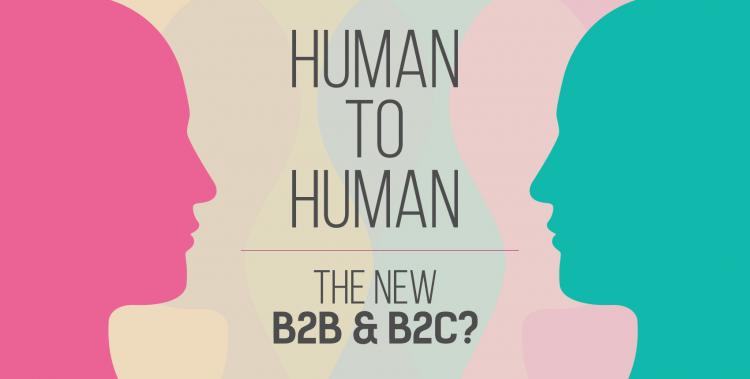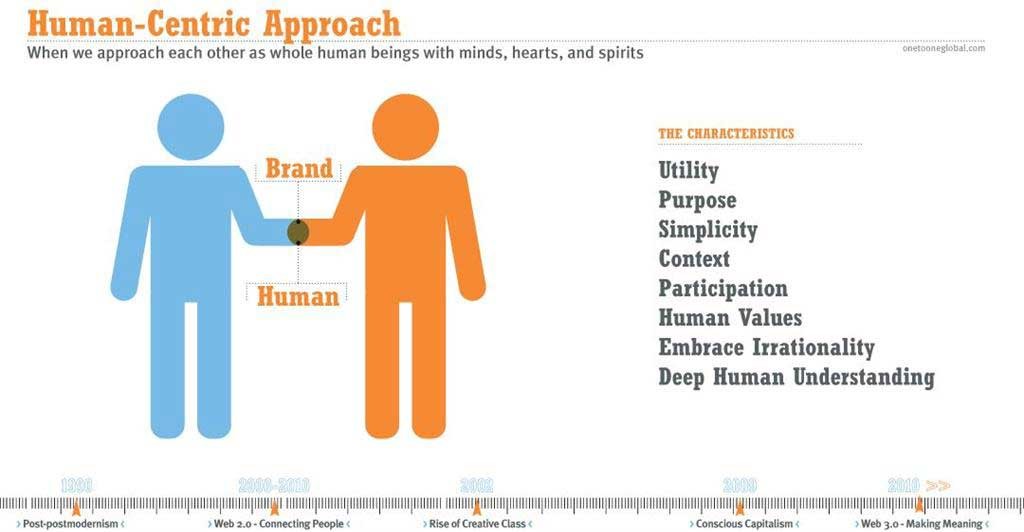Human-Centric TV Advertising

There is a clear reason that several National advertisers in the US spent an average $4.5 million for a 30-second spot in this year's Super Bowl broadcast. Like many other TV tentpole events, millions of viewers tune in to enjoy both the program as well as the unique and creative new spots that air during such programming. This increased attention to ad campaigns as a form of entertainment combined with evolving competition has pushed more advertisers to frame human-centric messages to connect with their audiences—a big change from the early adopters of traditional advertising.
Throughout the evolution of the industry, brands have become increasingly well-received in their modern day tactics to connect with people and listen to the world around them as active participants and influencers in molding their messaging. While human-centric versus product-centric perspectives can be used broadly in the industry, here I am specifically referencing brands who have challenged deeply rooted social issues as well as those that position inspirational messages at the forefront of their campaigns. While not a particularly new phenomenon within the continuously evolving advertising landscape, it is becoming more apparent that ads have to make this type of progress with their primary strategies to differentiate themselves in the space and build deeper and more personalized connections.
If you are one of those fans, like myself, who stick around during commercial breaks while watching tentpole events such as the Super Bowl and the Academy Awards, you may recall P&G’s “Like a Girl” campaign for the Always brand. The commercial, which was released online in 2014 and went viral, won the 2015 Outstanding Commercial Emmy last week along with several other awards this year with widespread acknowledgment for confronting deeply rooted gender norms. As David-Michel Davies, executive director of The Webby Awards, noted: “This year's most winning campaigns are not only selling products, but taking stands for real issues that are important to their customers." This further emphasizes the industries’ growing recognition for brands who are leading with this approach.
In the “Like a Girl” commercial spot, you can see that gender norms are challenged from a perspective of different age groups–reinforcing and challenging our society’s view of gender inequality from a very young age. This encourages viewers to think about a social issue often overlooked in those early years. With today’s disruptive digital landscape and data driven technologies adding another layer of complexity to the conversation, brands have to maintain their relevance and impactful messaging more than ever. Brands and agencies alike need to ensure that the human element is not lost in data driven advertising, and continues to be central to campaigns where it makes sense for particular brands’ objectives. This is not to say that data is not a key element in the mix, however the marriage of data and human-centric creative can be very powerful in a brands’ overall strategy as they distribute their messages through several mediums. A few key factors that brands should adhere to in order to preserve this ‘humanistic’ perspective are defining a clear purpose, focusing on simplicity and context, seeking engagement with the target audience to allow active participation and to focus on human values vs. corporate values.
(Source: http://www.mdgadvertising.com/blog/the-birth-of-a-human-centric-marketin...)In the past, messaging primarily centered on a product or services’ benefit for a consumer, whereas companies, such as P&G, are now aligning themselves with issue-oriented messaging that audience’s care about, as well as inspirational messages that people can connect with. While this has been most apparent within B2C campaigns (with brands such as Levi or Apple as examples of inspirational messaging), B2B advertisers as well as advertisers in more conservative verticals such as finance (UBS, as an example of human-centric personalized messaging) are progressing towards this trend as well.
So is an H2H (human-to-human) approach the new method that advertisers across various industries should be adopting? By adopting this approach and utilizing the right creative tactics, brands can certainly achieve greater levels of effectiveness, with data reflecting the positive receipt from their viewers and audiences. Clearly, a one-size-fits-all strategy is not realistic nor effective in the broad and cluttered ad landscape, however this powerful strategy is resonating with large audiences and brands whom execute such campaigns are now being recognized in the industry as leaders for outstanding work in the space. As you can see from the examples I’ve put forth here, the strong common element that all of these brands have—across several verticals—is an emphasis to concentrate on empathy with its viewers and framing an inspirational message at the forefront while presenting their brand as secondary.
This is a very powerful approach, as it captivates that audience and yields a stronger connection with the brand. Whether debuting their great work on large platforms such as tentpole television events or across several mediums (TV, digital, social) to reach their target audiences, without building these strong personalized connections brands can no longer keep up in today’s crowded and evolving advertising environment.








